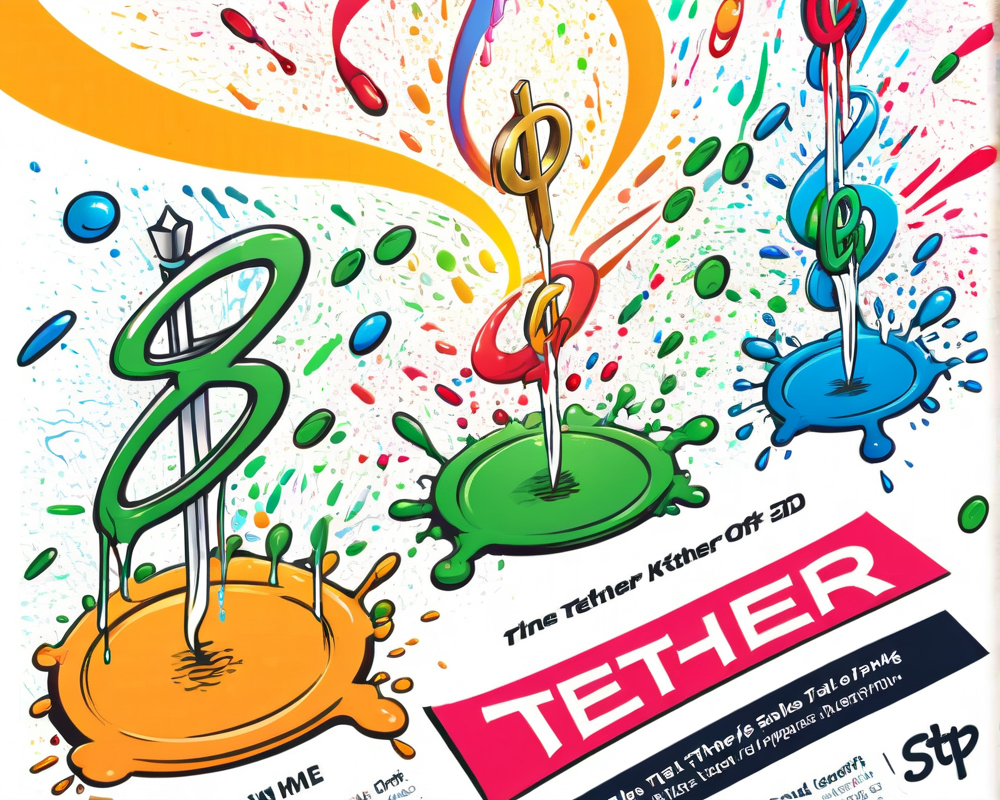Tether’s Boom in a Banking Bust
In the midst of banking chaos and a cryptocurrency crackdown, Tether (USDT) has emerged like a phoenix from the ashes. As of April 17, this dollar-pegged stablecoin boasts a circulating market valuation of nearly $81 billion, marginally shy of its all-time high of $82.29 billion set last year. With a year-to-date growth of around 20%, Tether is gunning for new records. Who knew financial turmoil could be such a boon for business?
A Take-Down of Rivals
Tether’s surge comes at the expense of stablecoin rivals like USD Coin (USDC) and Binance USD (BUSD). Times are tough in the crypto stablecoin sector, folks. USD Coin’s market cap has plummeted over 25% YTD to just $31.82 billion, a level not seen since October 2021. Why? Blame the fallout from the now-infamous Silicon Valley Bank. It’s a classic case of out of sight, out of mind—or in this case, out of circulation.
BUSD’s Bumpy Ride
Meanwhile, BUSD is taking a nosedive, with its market capitalization falling a staggering 60% in 2023 to $6.68 billion. Regulatory woes are fueling this decline; the New York Department of Financial Services has ordered Paxos to halt its mint and issuance. Talk about a rocky relationship! And to make it even more complicated, the SEC and CFTC can’t seem to agree on whether BUSD is a security or a commodity. Good luck with that!
The Scaling of Tether’s Dominance
Tether’s capital influx has boosted its global stablecoin dominance to above 65%, the highest since May 2021. Think of it as Tether becoming the golden child in a family full of underachievers. As per data from Glassnode, this is no small feat given the turbulent backdrop of recent months.
A Shift in the Crypto Foundation
Interestingly, even as Tether is riding high, its supply across cryptocurrency exchanges is dipping. From 17.89 billion USDT at the start of the year, Tether’s reserves on exchanges have plummeted to 12.94 billion USDT as of April 16. That’s a 42% drop YTD in stablecoin supply across exchanges!
This drop coincides with a general uptick in crypto valuations, suggesting that traders are trading in their “safe” stablecoins for riskier assets. In the wild world of crypto, it looks like many are now choosing to gamble rather than hoard. A classic case of ‘don’t put all your eggs in one basket’—or in this case, ‘don’t put all your Tether in one exchange’!
Looking Ahead
With the U.S. House Financial Services Committee proposing a draft stablecoin regulation that may require companies like Tether to register if they cater to American users, we are likely in for more twists and turns. New definitions for issuers are on the horizon, which could radically alter the playing field. But one thing’s for certain: Tether’s resilience in these treacherous waters is something that all crypto enthusiasts are keeping an eye on. Will it become the duck that quacked loudly enough to avoid getting shot?




